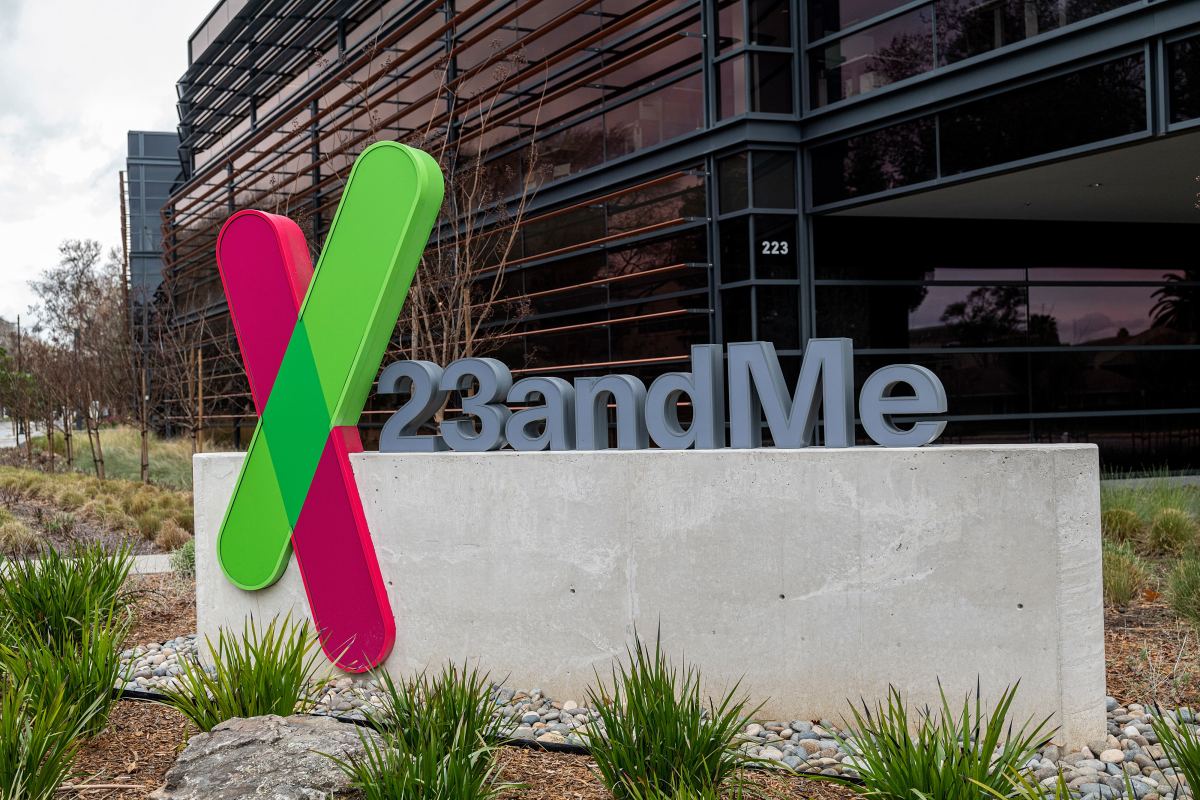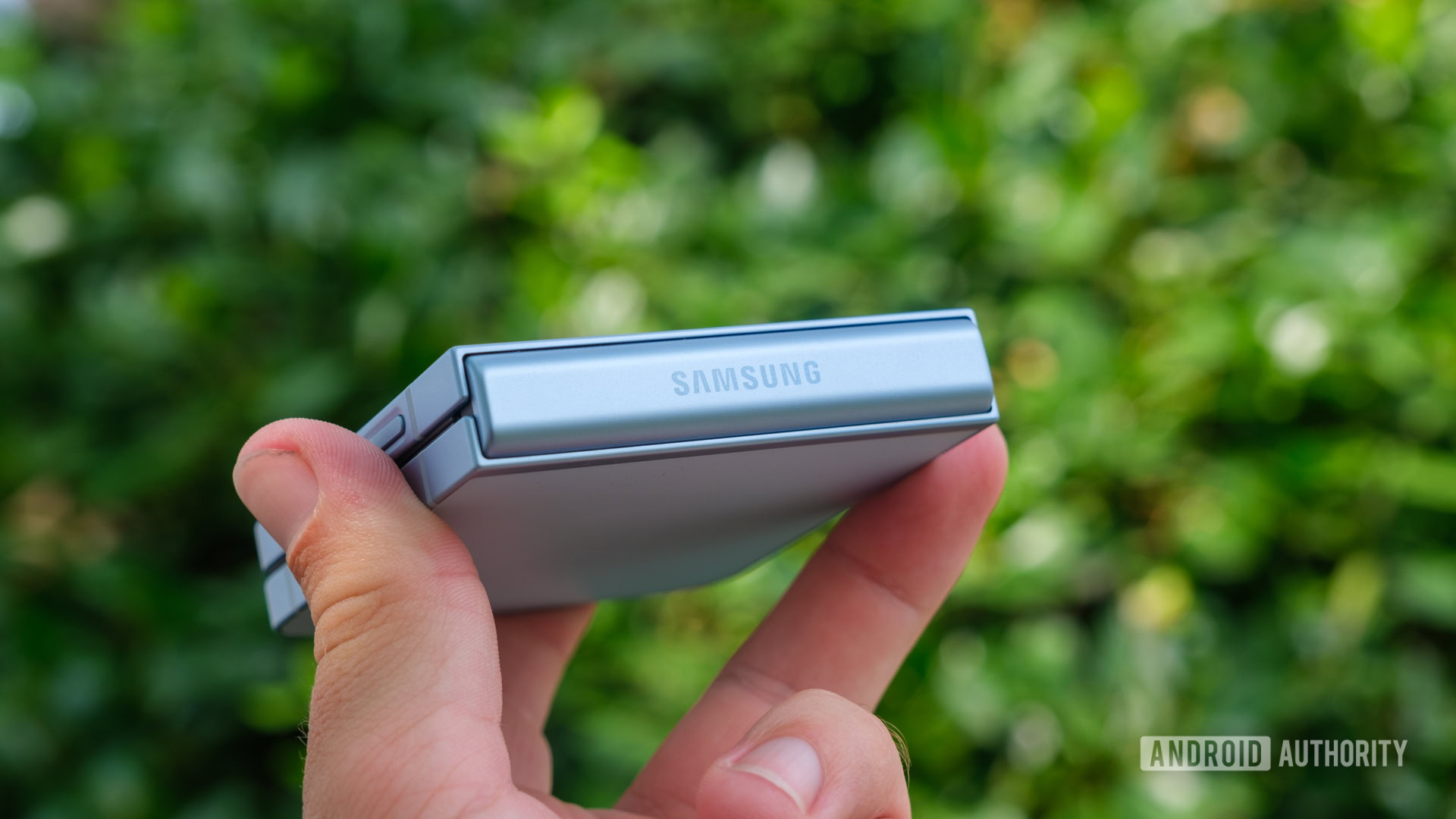No AI GPU, no problem: AI firms from China skirt around US chip restrictions by moving petabytes of data on good ol' hard drives - but why not use tape?
Chinese AI firms are bypassing US chip restrictions by physically transporting petabytes of training data abroad for processing using foreign GPU resources and covert logistics.

- Flying petabytes of AI data is China’s latest workaround for strict U.S. chip controls
- Physically smuggling hard drives now bypasses surveillance and digital firewalls across multiple jurisdictions
- GPU-rich Malaysian data centers are becoming ground zero for offshore Chinese AI training
As the United States continues to tighten export restrictions on advanced AI chips, such as those produced by Nvidia, Chinese AI companies are turning to a workaround that feels almost analog in today’s digital world.
Rather than relying on online transfers or sanctioned hardware, some firms are physically transporting vast datasets on hard drives across borders.
A report from the Wall Street Journal claims four Chinese tech workers recently flew into Malaysia, each carrying 15 high-capacity hard drives, totaling an astonishing 4.8 petabytes of data, intended for training large language models.
Big data continues to enter China despite restrictions
US restrictions have made it increasingly difficult to acquire high-end AI GPUs through legal channels.
Although Nvidia maintains, “there is no evidence of chip diversion,” on-the-ground reports suggest otherwise, with a black market for smuggled Nvidia GPUs thriving in China.
Some of these chips are reportedly entering the country through subsidiaries and partners in neighboring nations.
However, that route is becoming more expensive and riskier due to heightened scrutiny and diplomatic pressure from Washington on these intermediary countries.
As a result, companies are shifting tactics: rather than importing restricted chips, they are exporting massive volumes of training data.
This is a complex and resource-intensive process. Companies carefully plan the physical transportation of data, distributing drives to avoid detection by customs.
They also rent GPU-rich servers in third-party countries such as Malaysia to process the data.
One example involves a Chinese firm that used its Singapore-registered subsidiary to sign a data center contract. However, the Malaysian partner later insisted on local registration to avoid regulatory pressure, as Singapore began tightening its own controls.
Despite increasing efforts by US agencies, enforcement gaps and logistical loopholes continue to be exploited. While shipping petabytes of data on hard drives may seem outdated, it sidesteps bandwidth limitations and digital surveillance.
The use of hard drives, ranging from large SSDs arrays to high-capacity external HDDs, is central to these covert transfers.
Still, it raises a question: why not use magnetic tape, especially given that modern LTO-10 formats can store up to 30TB uncompressed and 75TB compressed?
The answer likely lies in practicality. Tape solutions require specialized read/write hardware and lack the plug-and-play convenience of high-end HDDs commonly used today.
You might also like
- Here are the best mobile workstations around today
- We've rounded up the best external hard drives available now
- Experts warn clicking "unsubscribe" on that boring email could actually be a security risk

















































































































































































![[The AI Show Episode 153]: OpenAI Releases o3-Pro, Disney Sues Midjourney, Altman: “Gentle Singularity” Is Here, AI and Jobs & News Sites Getting Crushed by AI Search](https://www.marketingaiinstitute.com/hubfs/ep%20153%20cover.png)



































































































































































































































































_Alexander-Yakimov_Alamy.jpg?width=1280&auto=webp&quality=80&disable=upscale#)
_Zoonar_GmbH_Alamy.jpg?width=1280&auto=webp&quality=80&disable=upscale#)

































































































![Meta AI app ‘a privacy disaster’ as chats unknowingly made public [U: Warning added]](https://i0.wp.com/9to5mac.com/wp-content/uploads/sites/6/2025/06/Meta-AI-app-a-privacy-disaster-as-chats-inadvertently-made-public.jpg?resize=1200%2C628&quality=82&strip=all&ssl=1)

![OnePlus Pad Lite officially teased just as its specs leak [Gallery]](https://i0.wp.com/9to5google.com/wp-content/uploads/sites/4/2025/06/oneplus-nord-pad-lite-lineup-1.jpg?resize=1200%2C628&quality=82&strip=all&ssl=1)














![AirPods Pro 3 Not Launching Until 2026 [Pu]](https://www.iclarified.com/images/news/97620/97620/97620-640.jpg)
![Apple Releases First Beta of iOS 18.6 and iPadOS 18.6 to Developers [Download]](https://www.iclarified.com/images/news/97626/97626/97626-640.jpg)
![Apple Seeds watchOS 11.6 Beta to Developers [Download]](https://www.iclarified.com/images/news/97627/97627/97627-640.jpg)
![Apple Seeds tvOS 18.6 Beta to Developers [Download]](https://www.iclarified.com/images/news/97628/97628/97628-640.jpg)

















































![Nothing Phone (3) may debut with a "flagship" chip – just not the flagship-est one [UPDATED]](https://m-cdn.phonearena.com/images/article/171412-two/Nothing-Phone-3-may-debut-with-a-flagship-chip--just-not-the-flagship-est-one-UPDATED.jpg?#)
















